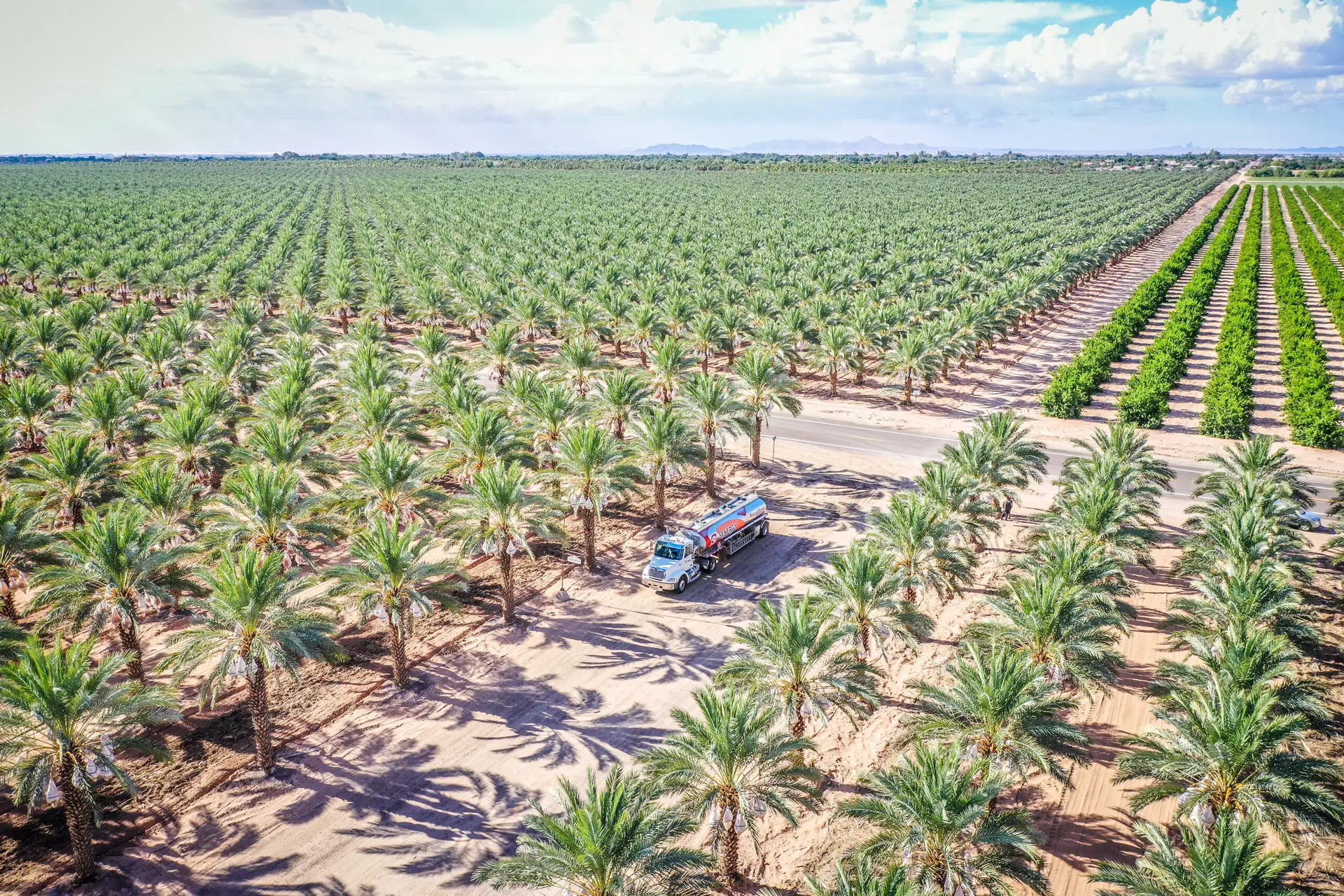Fuel on the farm is often seen as just another unavoidable cost on the books. But behind that dollar amount lie many hidden expenses that are easy to overlook. For example, when a tractor spends hours idling, it not only uses more fuel but also causes increased engine wear, shortens maintenance intervals, and drives up overall operating costs. These hidden costs add up quickly, especially during busy times like planting or harvest, when equipment runs nearly nonstop. There’s also the cost of time—fuel waste usually means the work is taking longer than it should. Inefficient field routing, untrained staff, or faulty equipment often cause wasted fuel, signaling larger inefficiencies in operations. Minor issues like overfilling tanks, spillage, or fuel theft quietly drain resources. When farmers start tracking these patterns and improving fuel management, they often discover they’ve been spending far more than expected—not just in fuel costs but also in equipment wear, labor, and lost productivity.





